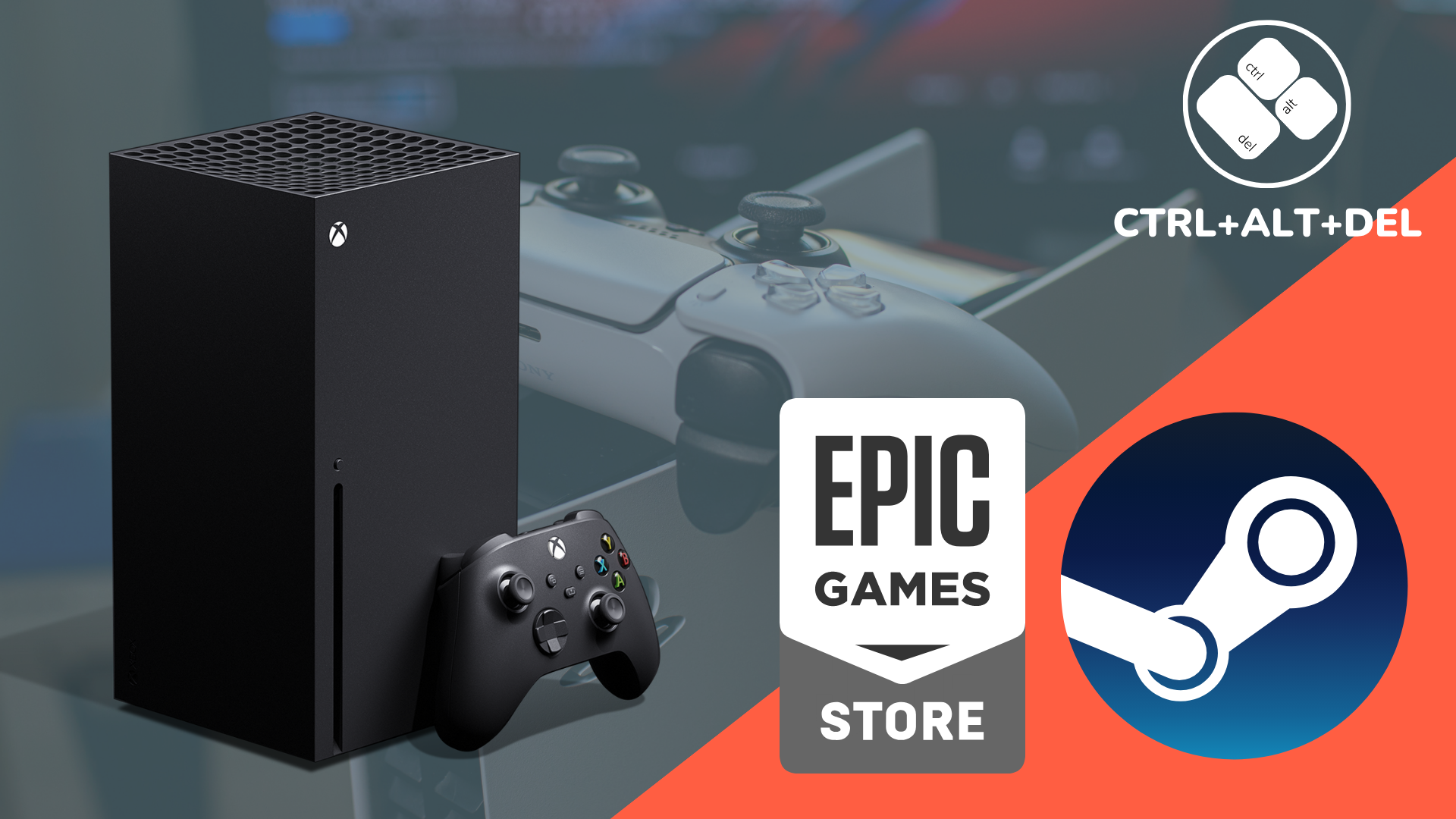I tried Qualcomm’s handheld – now I am even less convinced by the PlayStation Portal

At Gamescom 2023, Qualcomm invited me to give its new Snapdragon G3x Gen 2 Reference Design a whirl. The product demo was interesting but it’s what the future holds for Qualcomm’s newly announced mobile gaming chips that show up PlayStation’s Portal.
The timing of Qualcomm’s reveal of its new mobile gaming chips – the G3x Gen 2, G2 Gen 1 and G1 Gen 1 – really couldn’t have come at a worse time for PlayStation.
Qualcomm’s announcement represents a focus on consumer choice that the Portal aggressively shuns with its Bluetooth snub and rather high price. The flagship G3x Gen 2 chip is what sits within the Reference Design that manufacturers can see as a proof of concept for them to then build upon – and I was immediately thinking about the possibilities.
My time with Qualcomm was part briefing and part demo, led by Mithun Chandrasekhar, senior director of product management, Qualcomm Technologies, Inc., and while I was struck by the lightweight device itself, it was the expansion of the Snapdragon gaming range that really grabbed me. Ayaneo, Huaqin, Inventec, and Thundercomm have already confirmed they are onboard to work with Qualcomm on these machines.
I won’t be commenting too much on performance here as it was a swift demo and, when it comes to how buttons feel and the like, this will be different when it comes to manufacturers getting their devices out.
I also got to try XR glasses used in connection with the handheld, opening up a 50-inch display in front of my eyes, which added that extra level of immersion. My whole experience ran smoothly for the small number of apps on show, so it’ll come down to our full testing of a manufacturer device to really put Snapdragon’s new mobile gaming chips through their paces.

The G1 chip is intended to accommodate fanless, streaming-focused gaming machines and offer long battery life, placing it as a more open rival to the PlayStation Portal. The G2 is being positioned as the middle child, unlocking powerful mobile gaming as well as streaming.
Then, there’s the flagship G3, as the enthusiast tier. Qualcomm touts 2x gaming performance when compared with the G3x Gen 1 we saw on the Razer Edge 5G and donning modern features like hardware-accelerated ray tracing, XR glass tethering, low-latency Bluetooth and Wi-Fi 7 as well as 5G sub-6 and mmWave.

But, you’re probably thinking what I’m thinking – what’s all the horsepower going to do on Android?
Currently, the experience remains the same but Qualcomm says it’s working on what it calls Android+ – its in-house experimentation with other operating system options. Qualcomm is also keen to point out that the chip is compatible with DirectX 12. As such, my hope is, of course, that there’s a future where Qualcomm’s devices support AAA gaming, in a similar fashion to the Steam Deck, but we’re not there yet.
I was also treated to another concept device, a carbon fiber version of the Reference Design. The Reference Design already impressed me with its weight but the carbon fiber felt so good, and Qualcomm stressed that using this material should enable them to slim down the design even further in the future. Exciting stuff.

Ultimately, Qualcomm seems ahead of the game here, with a range of devices likely to stem from this new generation of gaming chips that don’t fully take advantage of the underlying hardware but, whether its G1-sporting devices likely being more fully-featured than the PlayStation Portal or the more powerful device offered excellent Android gaming performance along with swift streaming, a new world of handheld gaming possibilities has just been unleashed.







